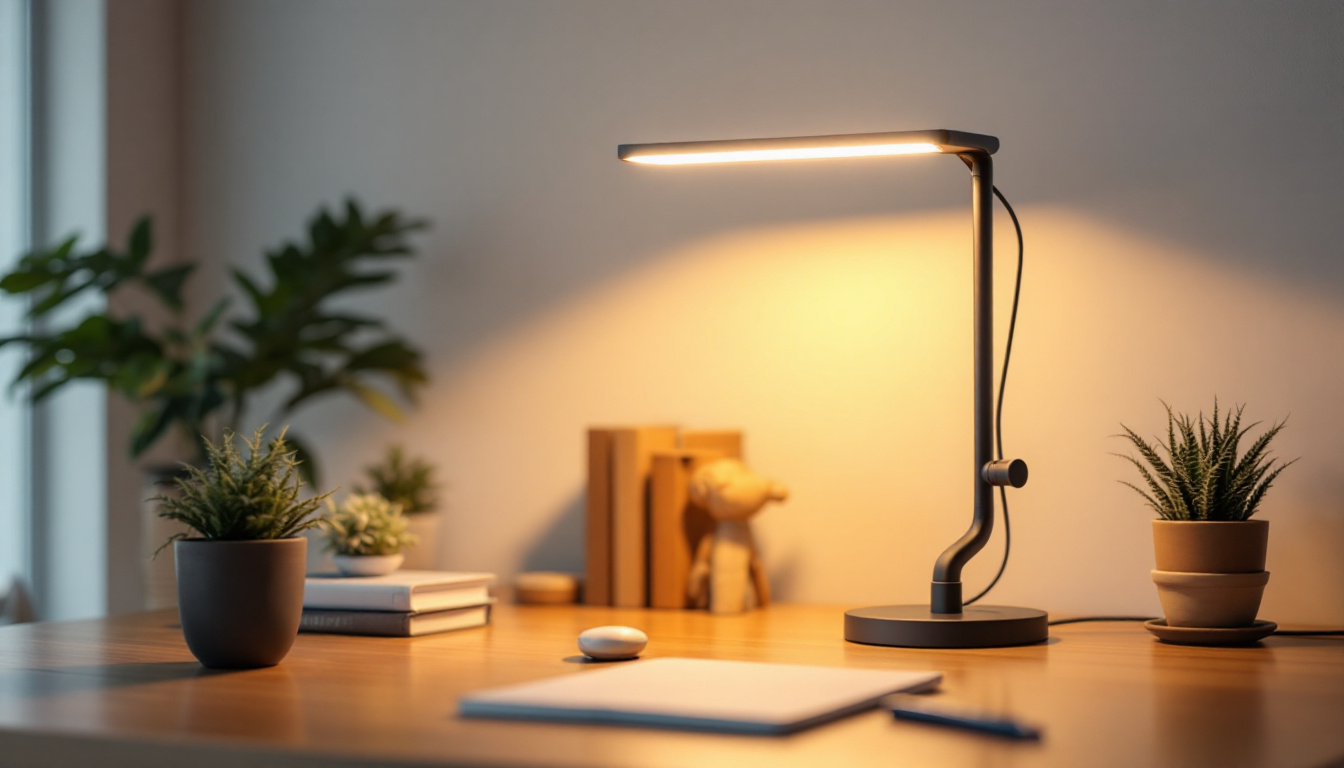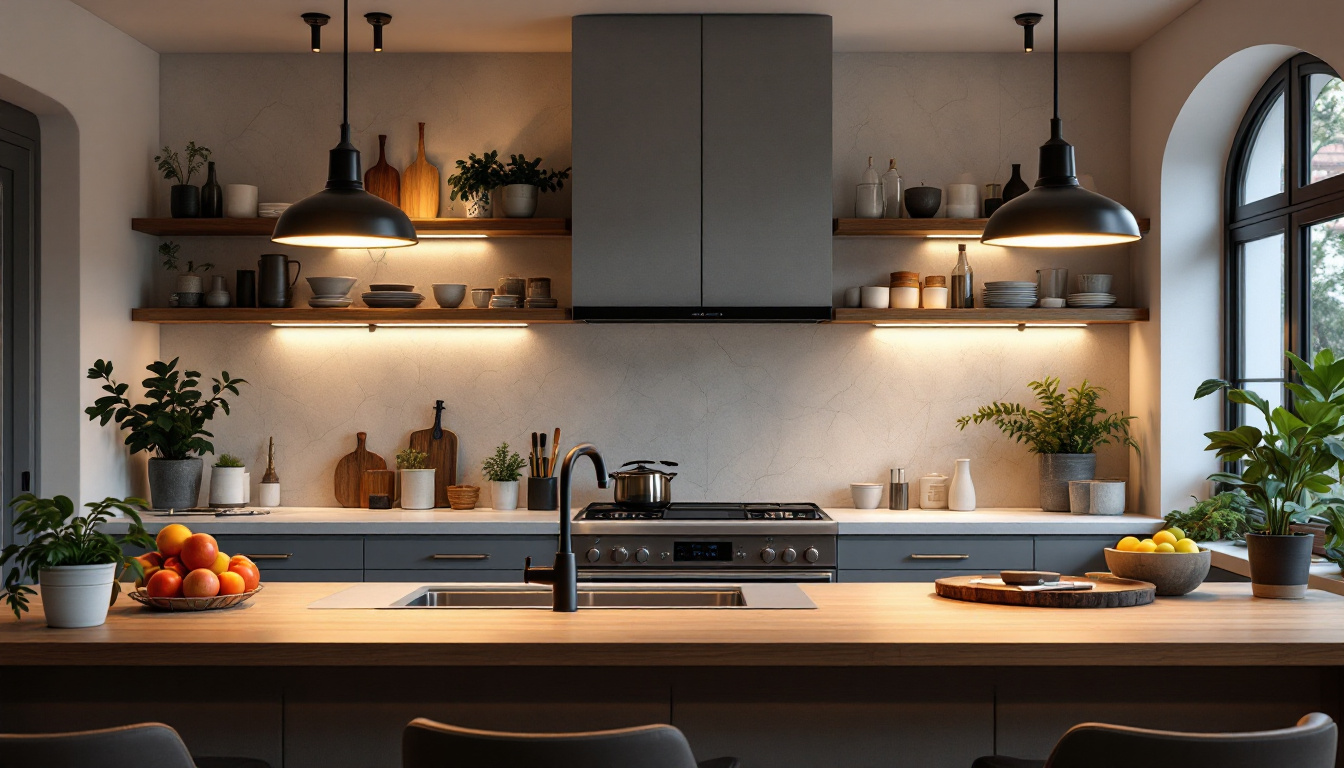
In the realm of industrial lighting, the choice of fixtures can significantly impact both operational efficiency and energy consumption. Among the various options available, industrial high bay LED lights have emerged as a popular solution for warehouses, manufacturing facilities, and other large spaces. This article delves into the advantages of high bay LED lights and offers insights on how lighting contractors can leverage these fixtures for optimal lighting solutions.
High bay LED lights are specifically designed for installation in spaces with high ceilings, typically ranging from 15 to 40 feet. Their robust design and powerful illumination make them ideal for environments such as warehouses, gymnasiums, and factories. Unlike traditional lighting options, high bay LEDs provide enhanced brightness, improved energy efficiency, and longer lifespans.
One of the standout features of high bay LED lights is their ability to deliver bright, uniform lighting across expansive areas. This is crucial in industrial settings where visibility is paramount for safety and productivity. Additionally, high bay LEDs often come with adjustable beam angles, allowing for customization based on specific lighting needs. This flexibility enables facility managers to tailor the lighting to the layout of the space, ensuring that every corner is adequately illuminated without unnecessary energy waste.
Another significant advantage is their energy efficiency. High bay LEDs consume considerably less power compared to traditional metal halide or fluorescent lights, leading to substantial savings on electricity bills. Furthermore, they have a longer lifespan, which means reduced maintenance and replacement costs over time. Many high bay LED fixtures also feature smart technology options, such as motion sensors and dimming capabilities, which can further enhance energy savings by ensuring lights are only on when needed.
The versatility of high bay LED lights makes them suitable for a wide range of applications. In warehouses, for instance, these lights can illuminate aisles and storage areas effectively, enhancing visibility for workers and improving safety standards. In manufacturing facilities, high bay LEDs can provide the necessary brightness for intricate tasks, ensuring that workers can perform their duties without straining their eyes. This is particularly important in environments where precision is critical, as adequate lighting can significantly reduce the risk of errors and accidents.
Moreover, high bay LED lights can be utilized in recreational facilities, such as sports complexes and gymnasiums, where bright lighting is essential for both athletes and spectators. Their ability to deliver consistent illumination helps create an inviting atmosphere while ensuring safety during activities. Beyond sports, these lights can also enhance the ambiance in event spaces, making them ideal for concerts, exhibitions, and community gatherings. The adaptability of high bay LEDs to different environments showcases their importance in modern lighting solutions, catering not just to functionality but also to the aesthetic needs of various spaces.
Investing in high bay LED lighting comes with numerous benefits that extend beyond mere illumination. These advantages can significantly influence the decision-making process for lighting contractors and facility managers alike.
One of the most compelling reasons to switch to high bay LEDs is their energy efficiency. These lights can reduce energy consumption by up to 75% compared to traditional lighting options. This reduction not only contributes to lower utility bills but also aligns with sustainability goals, making it an attractive choice for environmentally conscious businesses.
In addition to energy savings, the longevity of high bay LEDs translates to fewer replacements and lower maintenance costs. With lifespans often exceeding 50,000 hours, these fixtures can operate for years without the need for frequent bulb changes, allowing contractors to focus on other priorities. Moreover, the reduced frequency of replacements minimizes the environmental impact associated with manufacturing and disposing of lighting products, further enhancing the sustainability profile of high bay LED lighting.
High bay LED lights provide superior lighting quality, characterized by bright, clear illumination that enhances visibility. This is particularly important in industrial environments where tasks require precision and attention to detail. The high color rendering index (CRI) of LED lights ensures that colors appear more vibrant and true to life, which can be crucial for quality control in manufacturing processes.
Furthermore, the instant-on feature of LEDs eliminates the warm-up time associated with traditional lighting, providing immediate illumination when needed. This feature is especially beneficial in facilities that operate on a tight schedule or require quick responses to changing conditions. Additionally, the ability to dim high bay LEDs allows for customizable lighting levels, which can be adjusted based on specific tasks or times of day, further enhancing productivity and comfort in the workplace.
Another key aspect of improved lighting quality is the reduction of flicker and glare that is often present in older lighting technologies. High bay LEDs are designed to provide a steady and uniform light output, which not only improves visibility but also reduces eye strain for workers. This is particularly significant in environments where employees spend long hours under artificial lighting, as it can contribute to overall well-being and job satisfaction.
Selecting the appropriate high bay LED lights for a specific application involves several considerations. Lighting contractors must assess various factors to ensure optimal performance and satisfaction for their clients.
Lumen output is a critical factor in selecting high bay LED lights. The required lumen output will depend on the size of the space, the height of the ceilings, and the specific tasks being performed. For instance, areas with high ceilings may require fixtures with higher lumen outputs to ensure adequate illumination reaches the floor.
Contractors can use lighting design software to calculate the necessary lumen output based on the dimensions of the space and the desired brightness levels. This ensures that the chosen fixtures will meet the lighting needs effectively without over-illuminating or under-illuminating the area.
The beam angle of high bay LED lights plays a crucial role in determining how light is distributed across a space. A narrow beam angle is ideal for focused lighting, such as in assembly lines, while a wider beam angle is better suited for general illumination in larger areas like warehouses.
Contractors should evaluate the layout of the space and the specific lighting requirements before selecting the beam angle. Properly matching the beam angle to the application can enhance lighting efficiency and improve overall visibility.
Proper installation and maintenance of high bay LED lights are essential to ensure their performance and longevity. Lighting contractors should adhere to best practices to maximize the benefits of these fixtures.
When installing high bay LED lights, it is crucial to follow manufacturer guidelines and local electrical codes. Proper mounting height and positioning are key factors in achieving optimal lighting conditions. Additionally, ensuring that fixtures are securely fastened and properly wired will prevent potential hazards and ensure reliable operation.
Contractors should also consider the use of smart lighting controls, such as motion sensors or dimmers, to enhance energy efficiency further. These controls can automatically adjust lighting levels based on occupancy or time of day, reducing energy consumption and extending the lifespan of the fixtures.
While high bay LED lights require less maintenance than traditional lighting options, regular inspections and cleaning are still necessary to ensure optimal performance. Dust and debris can accumulate on fixtures, reducing their brightness and efficiency. Contractors should establish a maintenance schedule that includes cleaning and inspecting fixtures to identify any potential issues early on.
Additionally, monitoring the performance of the lighting system can help identify any irregularities. If a fixture begins to flicker or dim, it may indicate a need for replacement or repair. Prompt attention to these issues can prevent downtime and maintain a safe working environment.
The lighting industry is constantly evolving, and high bay LED lights are no exception. As technology advances, several trends are emerging that lighting contractors should be aware of to stay competitive and meet client demands.
The integration of smart technology into high bay LED lighting systems is gaining traction. Features such as remote monitoring, automated controls, and data analytics are becoming more prevalent. These technologies allow for improved energy management and can provide valuable insights into lighting usage patterns.
Contractors should consider offering smart lighting solutions to clients looking to enhance their operational efficiency and reduce energy costs. By incorporating smart technology, facilities can optimize their lighting systems and achieve greater control over their energy consumption.
As businesses increasingly prioritize sustainability, high bay LED lights are well-positioned to meet these demands. The energy efficiency and longevity of LEDs contribute to reduced carbon footprints, making them an attractive choice for environmentally conscious organizations.
Contractors can play a pivotal role in promoting sustainable lighting solutions by educating clients on the benefits of high bay LEDs and assisting them in making informed decisions that align with their sustainability goals.
Industrial high bay LED lights offer a multitude of advantages that can significantly enhance lighting solutions in various settings. From energy efficiency and cost savings to improved lighting quality, these fixtures provide a compelling case for their adoption in industrial environments.
Lighting contractors have a unique opportunity to leverage high bay LED lights to meet the diverse needs of their clients. By understanding the key features, benefits, and best practices associated with these fixtures, contractors can deliver exceptional lighting solutions that improve safety, productivity, and overall satisfaction.
As technology continues to advance, staying informed about emerging trends and innovations will be essential for contractors looking to remain competitive in the ever-evolving lighting industry. Embracing high bay LED lighting not only enhances operational efficiency but also positions contractors as leaders in providing sustainable and effective lighting solutions.
Ready to elevate your lighting solutions with the efficiency and quality of industrial high bay LED lights? At LumenWholesale, we provide lighting contractors with the spec-grade products you need to outshine the competition. Our commitment to value means you get the best wholesale prices without the middleman markups, and our free shipping on bulk orders ensures you receive premium lighting at the best price, hassle-free. Don’t compromise on quality or cost—visit LumenWholesale today and discover the perfect blend of quality, affordability, and convenience for your next project.

Discover the top benefits of using lamps with LED side lights for lighting contractors.

Discover everything lighting contractors need to know about Type B 15-watt light bulbs in just five minutes.

Discover essential best practices for lighting contractors in the world of Quasar Light.

Discover the top kitchen light fixtures that enhance efficiency and style for lighting contractors.